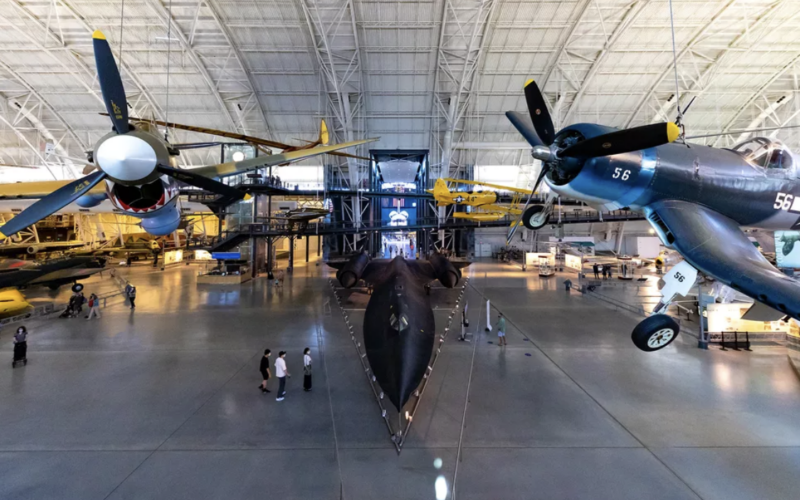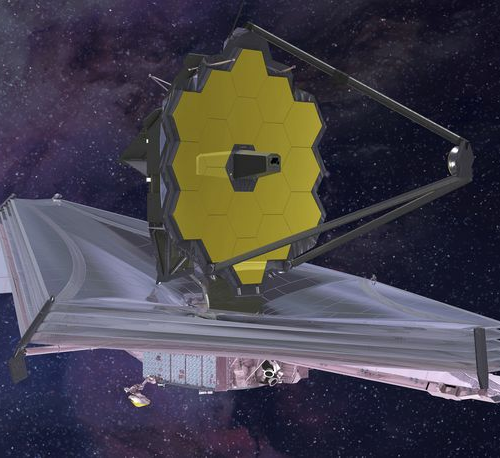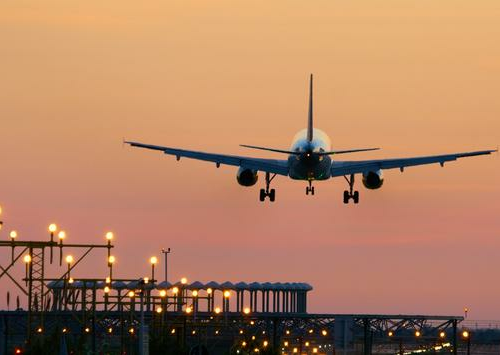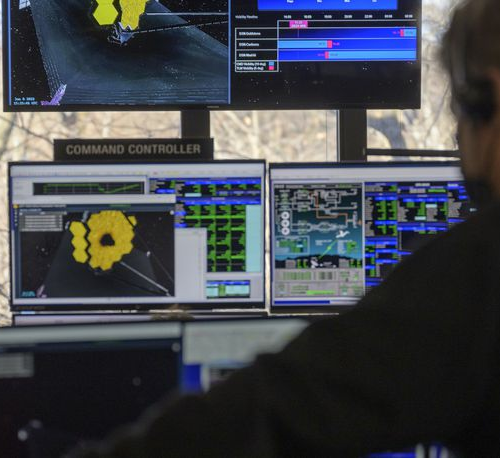Geoffrey Morrison | CNET.Com
Troy Warren for CNT #Technology
From the early days of flight to the Space Shuttle, this amazing museum has some of the most important aircraft in history.
Just outside Washington, DC, lies an annex to the world-famous Smithsonian National Air and Space Museum. Don’t let the “annex” part throw you, though. The Steven F. Udvar-Hazy Center is one of the world’s largest air museums and houses several of the most important aircraft in history.
At the top of that list is the B-29 Enola Gay, which dropped the first atomic bomb on Hiroshima, in one of the final acts of World War II. That’s not all, though. There’s the Space Shuttle Orbiter Discovery, the Gemini 7 capsule, an Air France Concorde, an SR-71 Blackbird, and much more.
With an abundance of incredible aircraft too large to display at the main National Air and Space Museum on the National Mall, the Udvar-Hazy Center is well worth the drive out to its location next to Dulles International Airport in Chantilly, Virginia. On my recent 10,000-mile road trip, I knew I had to make a stop at this incredible place. Here’s a look around.

Hangars of history
The Udvar-Hazy Center, named for the aviation billionaire whose donation enabled the Smithsonian to build it, has one of the most impressive entrances to any museum I’ve been to. Step beyond the lobby onto a platform at the center of the main hangar, and aircraft spread out to your left and right and hang directly in front of you, as if in flight. It imparts a feeling of motion and life to an inherently static experience.
Down a long ramp you’re greeted by one of the few surviving aircraft that was at Pearl Harbor, a Sikorski JRS-1. This end of the museum has a mix of fighter aircraft, mostly jets from the latter half of the 20th century.

The museum’s SR-71 Blackbird, a spectacular Cold War reconnaissance plane, points at the entrance and acts as a vanguard for the Space Shuttle Discovery that sits behind it in its own room. I’ll get there in a minute.
A mix of WWII aircraft, from a P-38 to a P-61, are arranged near the Enola Gay. Also close by are several ultra-rare German aircraft from the end of WWII, like the first jet bomber, the Arado Ar 234, and the push-pull twin-engine Dornier Do 335. The Enola Gay itself is raised off the floor, near a walkway so you can see it from all sides.
Beyond is the the Dash-80, the prototype for the Boeing 707, plus an Air France Concorde and a Lockheed Super Constellation. Above is Burt Rutan’s Voyager, the first aircraft to fly around the Earth nonstop without refueling.
During my visit some aircraft, including the Concorde, were shrouded in protective plastic as the museum made repairs to its roof. No worries: I’ve seen a few Concordes, including one at the Technik Museum Sinsheim in Germany next to its Russian counterpart, the Tupolev Tu-144.

Then there’s Discovery, the workhorse of the Shuttle fleet with more launches than any other spacecraft. It dominates its own hangar, and I’m reminded how huge the Shuttles actually are. Nearby are some other spacecraft, including the Gemini 7 capsule. It’s as small as the Discovery is big. It’s astounding to imagine astronauts Jim Lovell and Frank Borman orbiting the Earth in 1965 — more than 200 times — in something smaller than a Volkswagen Beetle.
Ultimate annex
Perhaps the best part of the Udvar-Hazy Center is that it’s not in DC, which means you don’t need to worry about finding parking. The museum itself is free, but you’ll have to pay for that parking. Conversely, if you’re just visiting the city and don’t have a car, it’s a bit of a trek.
With the main Air and Space Museum closing for most of 2022, this is a great way to see some of the most important aircraft on display anywhere. If you’re not headed anywhere near Northern Virginia anytime soon, check out the gallery above for a closer look at these incredible aircraft.
As well as covering TV and other display tech, Geoff does photo tours of cool museums and locations around the world, including nuclear submarines, massive aircraft carriers, medieval castles, epic 10,000 mile road trips, and more. Check out Tech Treks for all his tours and adventures.
He wrote a bestselling sci-fi novel about city-size submarines, along with a sequel. You can follow his adventures on Instagram and his YouTube channel.


































